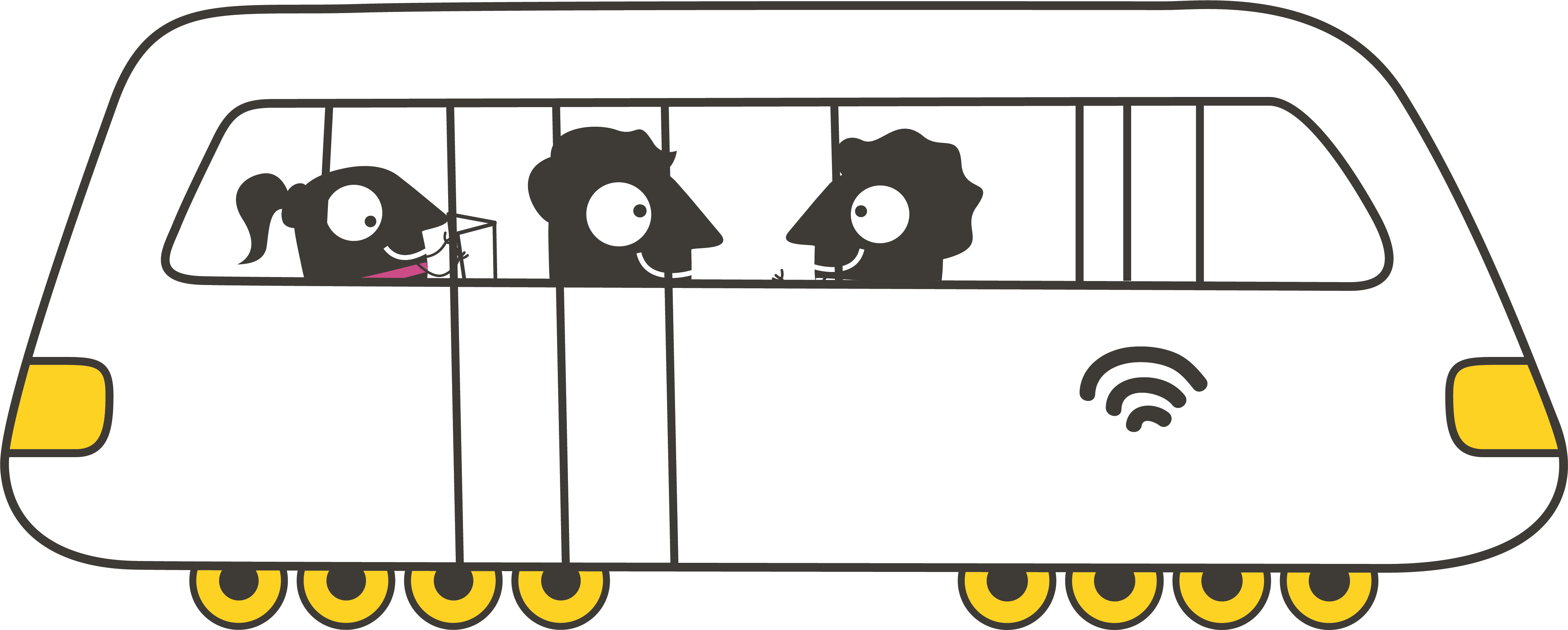What goes into a EUROPEANMOBILITYWEEK national campaign? A lot of dedication, enthusiasm and collaboration, according to Petra Völkl, the National Coordinator for Austria. Petra recently shared her experiences of coordinating these efforts with us.
What activities are you most proud of from the Austrian EUROPEANMOBILITYWEEK 2023?
We are proud that Innsbruck was a finalist for the EUROPEANMOBILITYWEEK Award. We are really happy that Innsbruck sent in their application because they really do great work every year.
We are also proud of the very many small municipalities that participated. Towns of 2000 inhabitants, for example, don’t have a chance of being nominated for the Award and competing with cities such as Budapest. But they contributed greatly to the 635 Austrian municipalities and cities participating in EUROPEANMOBILITYWEEK 2023. For such a small country like Austria, this amount is a great success!
What focus do you put on partnerships in preparing for EUROPEANMOBILITYWEEK?
We worked with many different partners, to reach different target audiences. It is always useful to link the campaign to national-level legislation changes or to promote new sustainable mobility strategies. For example, a great project from last year was the School Streets Campaign; following a change in the legislation that enables the simple implementation of school streets - together with a focus on 30km/h speed limits - the campaign helped gain a lot of interest and support among citizens. We also worked together with 135 health institutions via the Austrian Competence Centre for Climate and Health.
Interestingly, 75 regions (authorities responsible for several municipalities) participated in EUROPEANMOBILITYWEEK 2023. This was partly due to Austria’s system of Climate and Energy Model Regions and Climate Adaptation Regions, which also made the most of the campaign to promote their initiatives.
We always have great cooperation with the public transport companies; they provide free travel on car-free days and last year, Edgar (the campaign mascot) travelled around and everyone loved him!
In 2023 we worked with influencers for the first time. One of them, in particular, was ‘Austrian Kiwi’. His contribution was a really funny video – it was a great success. Everyone likes him because both young and old can relate to him. He has since then won lots of prizes as best influencer.
What challenges have you faced in preparing for EUROPEANMOBILITYWEEK?
On 15 September (the day before the beginning of the week) the global climate strike (Fridays for Future) took place. Of course, we support this, but it took attention away from EUROPEANMOBILITYWEEK. We had put a lot of work into a particularly impressive photo on a bridge in Vienna and it wasn’t as present as we’d hoped in the media.
This year, we have another timing challenge with national elections taking place on 29 September. Considering the week takes place on 16 - 22 September, we will again have to compete for attention in the media.
Let’s focus on ‘Shared Public Space’ – the 2024 theme. What does this mean for Austria?
It is all about the fair sharing of public space for everyone and quality of life in communities! It is about the use of eco-mobility and giving cyclists and pedestrians the space they need in public areas to get from A to B safely and comfortably. In times of climate change and long periods of heat, we also need places where we can relax and rest, where there is shade, a small fountain, water, trees and plants and, ideally, public toilets.
What can we expect from EUROPEANMOBILITYWEEK in Austria this year?
In Austria, the 2024 campaign is taking place under the motto ‘MeterMachen’ (translates as ‘moving forward’), which focuses literally on moving around - so it is linked to Shared Public Space. Municipalities will implement temporary measures such as pop-up parks and cafes, school- or play streets, street art projects and markets. The EUROPEANMOBILITYWEEK offers an ideal platform to demonstrate the variety of ways in which public space can be used fairly and sustainably to increase well-being and strengthen the sense of community.
Active mobility, with a focus on walking, is the priority topic this year for Austria. Many people in Austria still use their cars, even for very short distances. However, those who cover these distances by bike or on foot are not only doing something good for the environment, but also for their own health. We want greater visibility for footpaths.
We are also currently revising our technical guidelines for child-friendly mobility. Children and young people are the active travellers of today and tomorrow; they represent the future. After all, a child- and youth-friendly city is a city for everyone.
This year we will also cooperate with the Austrian Railway company and One Mobility because, on World Car-Free Day, on Sunday 22 September, we want to send a climate ticket-branded train from Vienna to Innsbruck. We hope that some influencers will take this train.
What potential is there for spreading awareness around this theme?
There is a lot of potential. This year, we will continue to work on a broad catalogue of actions towards a broad mobilisation of the population for the mobility transition towards climate neutrality. In addition, we have our active mobility programme (Klimaaktiv Mobil) for mobility management targeting municipalities, cities, regions, companies, tourist destinations, educational institutions and youth centres. To prepare for EUROPEANMOBILITYWEEK 2024, we are using various formats such as webinars, videos with experts, competitions and awards, newsletters, round tables and much more.
_________________________
Petra Völkl has been the National Coordinator for Austria since 2004. She is a Spatial Planner at the Federal Ministry for Climate Action, Environment, Energy, Mobility, Innovation and Technology.
Learn more about EUROPEANMOBILITYWEEK in Austria.






